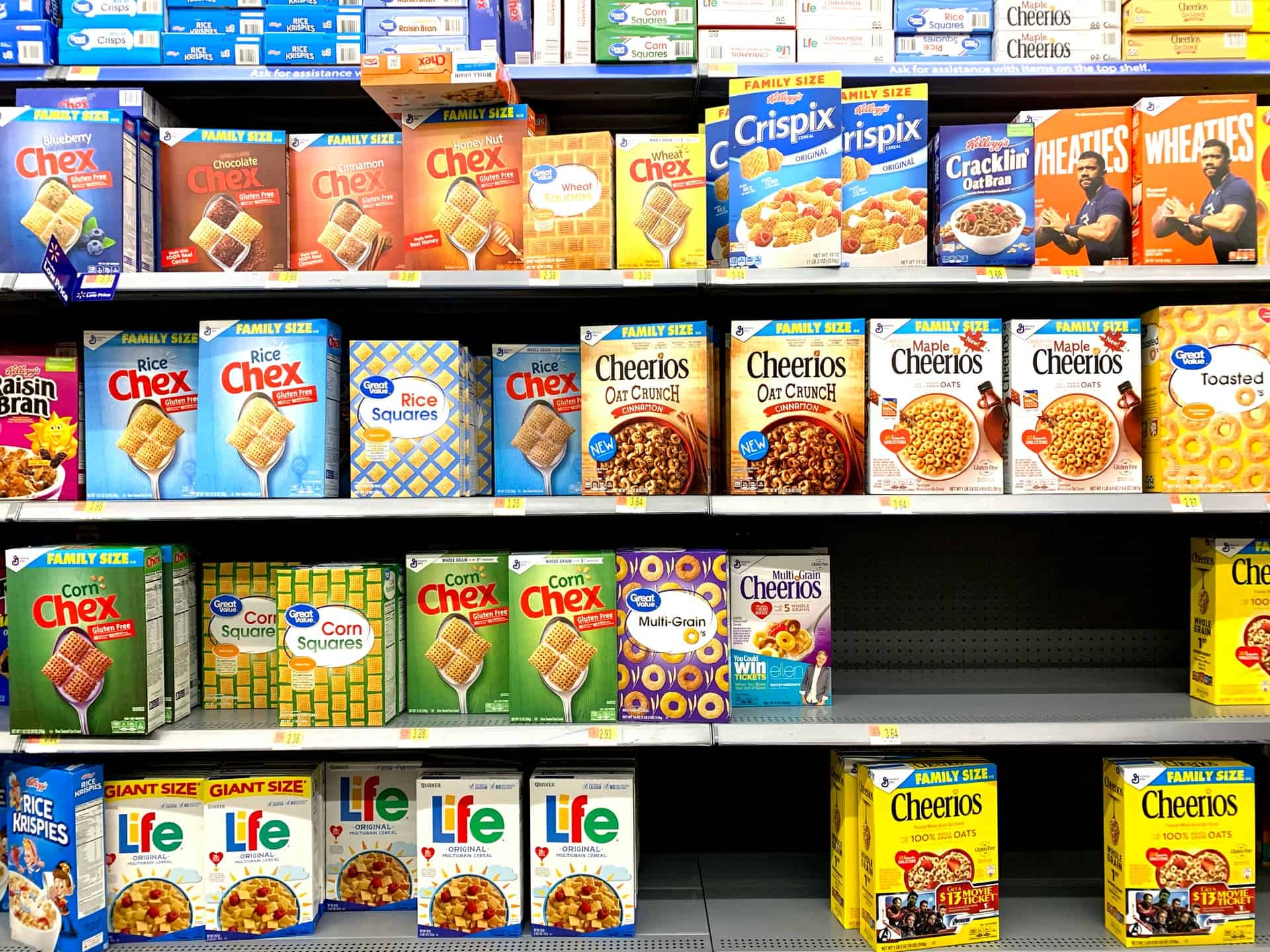
Visual merchandising is used in a number of different ways in brick and mortar retail stores. The notion that a customer will enter on foot and make purchases in person creates an environment that can be utilized to increase purchases. With e-commerce continuing to grow quickly, retail stores are creating new ways to pique the interest of shoppers so they continue to actually enjoy going to their stores to shop. Immaculate organization in-stores, through the use of a planogram, is one of the ways in which many retailers are working to increase their sales.
So, what exactly is a “planogram”?
It’s essentially a map or schematic of the store with an overhead view that shows exactly where every product is placed. A planogram can be a very important way for retailers to make the best use of their space and gather data to make better data-driven decisions. It allows everyone who works for the business to see the layout of product placement throughout the store but also gives businesses an opportunity to modify product placement in the store to increase sales. As the layout is put into play, it provides the opportunity to see exactly which items sell well where they are placed. Whereas other products may need to be moved to a more strategic location in the store to increase their sales.
That’s the basis behind utilizing a planogram, strategically placing products throughout your store in a layout that gives customers the best opportunity to see the item and then purchase it. Grocers and superstores use planograms due to the high volume of products they offer. A store like Target has 80,000 SKUs and Walmart typically has 120,000 SKUs on-hand at a time.
Some of the other terms used to describe a planogram are:
- POG
- Shelf space plan
- Space plan
- Schematic
- Plano-grams
- Plan-o-grams
A planogram certainly isn’t the only visual merchandising tool that can be utilized by retailers, but it is a highly beneficial one. It allows a store to maximize their sales, but it also allows businesses to maximize their space. By providing an overview of which products are selling, there is an ability to easily move some things around to better place items that may not be selling. And having that overhead view of the entire store is the perfect way in which to maximize every bit of space possible in the store because we leasing space isn’t cheap.
Is Planogram Compliance Important
In a crowded marketplace, brands and retailers spend a lot of time and resources developing retail execution and product placement strategies to help them stand apart and drive revenue, but monitoring compliance can often be challenging. Research indicates that more than 50% of product categories are out of compliance with their planogram, which can lead to lost sales. Lack of compliance and poor retail execution are estimated to cause millions of dollars in lost revenue every year.
If a retailer is not in compliance with their planogram, it has the potential to hurt their sales. Moving the pieces around in an effort to elevate product discovery will help to move the harder to sell products and increase the visual aspect of a store. This includes product displays and end caps as well. Having a product deal, sale or special for an item can help to place those displays in an effective spot. Meaning that the planogram can be used to strategically place setups for a higher rate of visibility, such as when a customer first walks into the store.
One of the more simple reasons for planogram compliance is just knowing where everything is throughout the store. If a planogram is not in compliance, it will cause confusion if the products aren’t where the schematic says they’re located. So, staying on top of the layout is an absolute must in order to maximize sales and bring customers back for return visits.
In Conclusion
Marketing opportunities for retailers in the form of visual merchandising certainly serve to up the ante for any business. Through the use of a planogram, a business cultivates a layout for themselves that’s easy to follow and easy to move the pieces around to increase sales. Providing a fairly straightforward opportunity to increase promotion, a planogram will give stores the best chance at success through strategic product placement with enhanced visibility for products.
Learn more about how Premise helps retailers and brands get in-store data: www.premise.com/retail-audit/